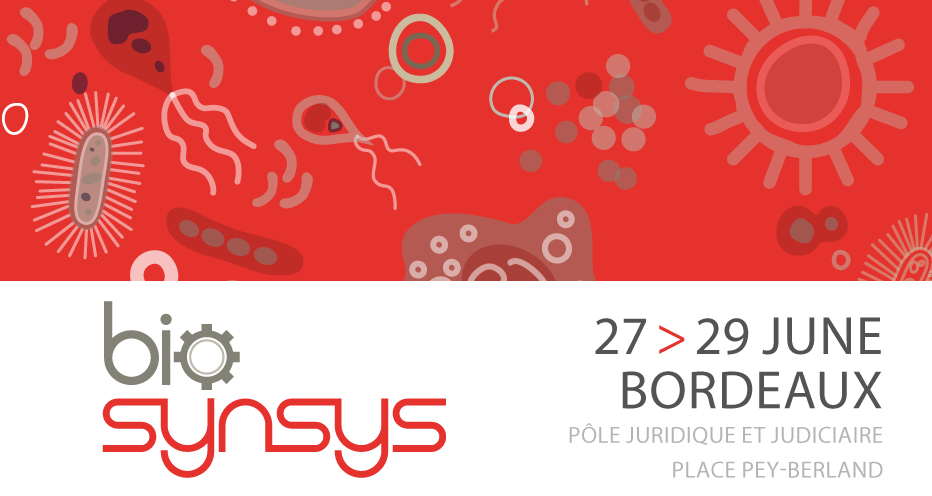Alkanes of defined carbon chain lengths can serve as alternatives to petroleum-based fuels. Recently, microbial pathways of alkane biosynthesis have been identified and enabled the production of alkanes in non-native producing microorganisms using metabolic engineering strategies. The chemoautotrophic bacterium Cupriavidus necator has great potential for producing chemicals from CO2: it is known to have one of the highest growth rate among natural autotrophic bacteria and under nutrient imbalance it directs most of its carbon flux to the synthesis of the acetyl-coA derived polymer, polyhydroxybutyrate, (up to 80% of intracellular content). Alkane synthesis pathway from Synechococcus elongatus (2 genes coding an acyl-ACP reductase and an aldehyde deformylating oxygenase) was heterologously expressed in a C. necator mutant strain deficient in the PHB synthesis pathway. Under heterotrophic condition on fructose we showed that under nitrogen limitation, in presence of decane overlay, the strain produced up to 670 mg/L total hydrocarbons containing 434.8mg/l of alkanes consisting in 286.2mg/l of pentadecane, 130.6mg/l of heptadecene, 18.0 mg/l of heptadecane, and 235.6mg/l of hexadecanal. We report here the highest level of alka(e)nes production by an engineering C. necator to date. We also demonstrated the first reported alka(e)nes production by a non native alkane producer from CO2 as the sole carbon source.

|
|
|
Abstracts > By Author > Crépin LucieMetabolic engineering of Cupriavidus necator for heterotrophic and autotrophic alka(e)ne production
1 : Laboratoire d'Ingénierie des Systèmes Biologiques et des Procédés
(LISBP)
* : Corresponding author
Institut National des Sciences Appliquées [INSA], Institut national de la recherche agronomique (INRA) : UMR792, CNRS : UMR5504
135 Avenue de rangueil 31077 Toulouse cedex 04 -
France
|
 PDF version
PDF version
